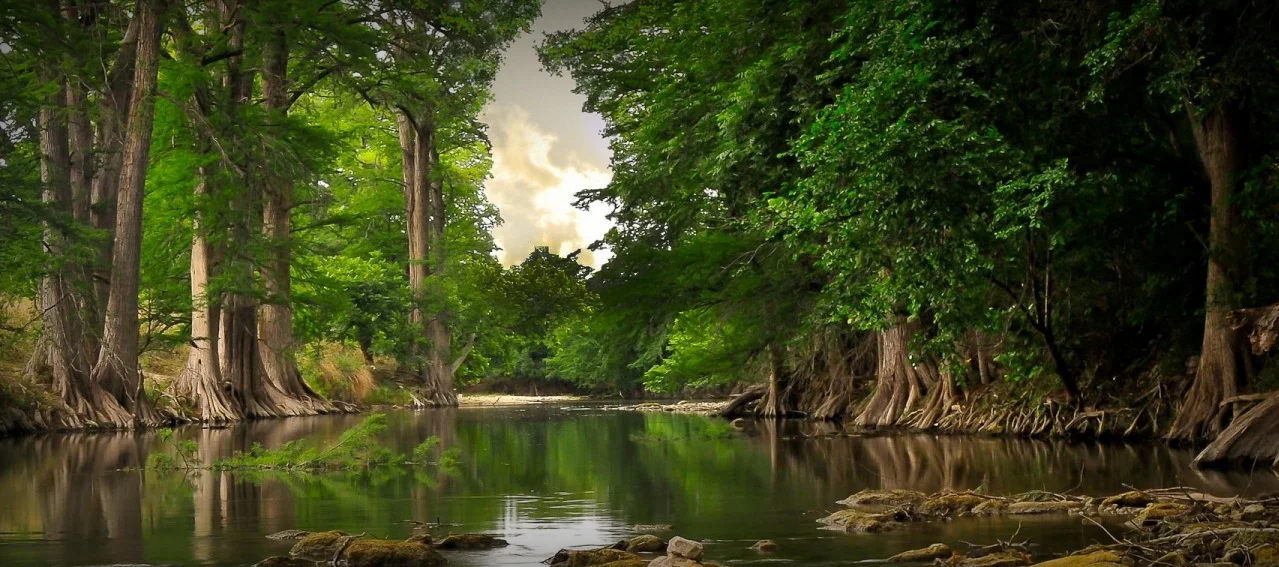The Uses of Juniperus Virginiana: A Magnificent Tree
/Juniperus virginiana is a species of the juniper tree that is native to the eastern North American region stretching from the south east Canada to the Gulf of Mexico. It is also called Eastern Juniper, Eastern Red Cedar, Pencil Cedar, Red Juniper, Red Cedar, and the Aromatic Cedar.
It is a dense, slow-growing and coniferous evergreen tree. Its bark is reddish-brown in color, fibrous, and when opened, it peels off in narrow strips. It has two types of leaves namely the sharp and spreading needle-like young leaves that measure between 5 cm to 10 cm and the tightly-pressed scale-like adult leaves which measure 2 mm to 4 mm long.
There are two varieties of this tree. These are: Virginiana which is also called the eastern juniper / red cedar; and the Silicicola that is also known as the southern or sand juniper.
Uses of Juniperus virginiana:
This tree has a very wide range of uses. The following are but a few of them:
To Make Perfumes
Its aromatic heartwood is fine-grained, pinkish-to-brownish-red, and soft brittle. It is therefore suitable for the manufacture of perfumes and other fragrances.
For Making Poles
The wood derived from it is rot-resistant so much so that they are used to make poles.
For Making Furniture and Pencils
Its wood is aromatic in nature and is thus very handy in keeping off moths and other insects that are traditionally harmful to woods. For this reason, it is usually used for making linings for cloth chests and cedar chests. Its heartwood is also soft enough to make pencils.
For Making Bows
It is also use for making long bows, flat bows, and the Native American sine-backed bows.
To Extract Essential Oils
The tree is a very good source of Juniper oil especially so from its wood, leaves, and twigs. This essential oil is full of cedrol which contains toxic and carcinogenic properties.
Demarcation of Boundaries
The Native American tribes have in the past used juniper wood poles to demarcate the agreed tribal hunting territories.
Prevention of Soil Erosion
They have been used time and again to prevent soil erosion. This arises out of the fact that they do well in adverse environmental conditions such as areas that are water-scarce or extremely cold like in the Prairies of Canada. This is further enhanced by the fact that the competition between the trees of the same species is very minimal; a fact that allows the trees to thrive even when tightly packed together thereby forming very effective wind shields.
Beautification
Certain cultivars of this tree species such as: Canaertii, Corcorcor, Goldspire, and Kobold are excellent for beautification and gardening. The trees are also used as a Christmas tree.
Ecology of Juniperus virginiana
This tree is a pioneer invader meaning that it is one of the very first vegetation to invade an area of land that was once thriving but was damaged by fire or erosion. It has a lifespan of around 850 years. It is commonly found in old pastures, oak barrens, limestone hills, near recent constructions, and along highways.
Notwithstanding the plethora of benefits that the tree confers upon man and the environment, it does have its fair share of shortcomings. It is an alternate host for the cedar-apple rust disease, is an invasive species in many areas, even if indigenous, is fire-intolerant, and are disparaging to grasslands if left unchecked.
The Allergens of Juniperus virginiana
The contact with certain parts of the tree as does the inhalation of the pollens may lead to allergic reactions by the body. Allergies are abnormal reactions by the human body to the intrusion of foreign substances. Those foreign substances are what are called allergens. Contacts with the wood or the leaves by certain individuals for instance may lead to mild skin rash.
Juniperus virginiana is a very beneficial tree whose cultivation and adoption is by all means strongly recommended. The role it plays towards the safety of the environment, mitigation of soil erosion, making of furniture, perfumes, and other essential substances cannot in any way be downplayed. It is that type of tree that every other lover of the environment has no choice but to incorporate as a core part and parcel of his landscape.

